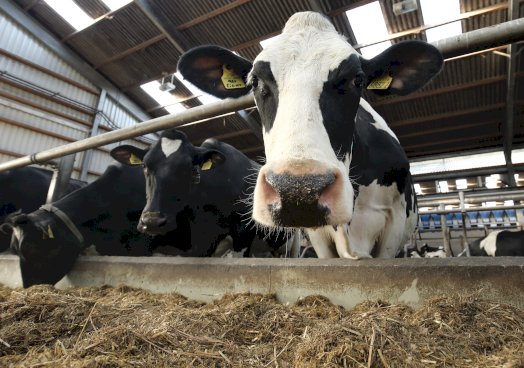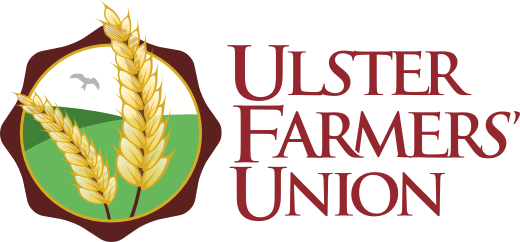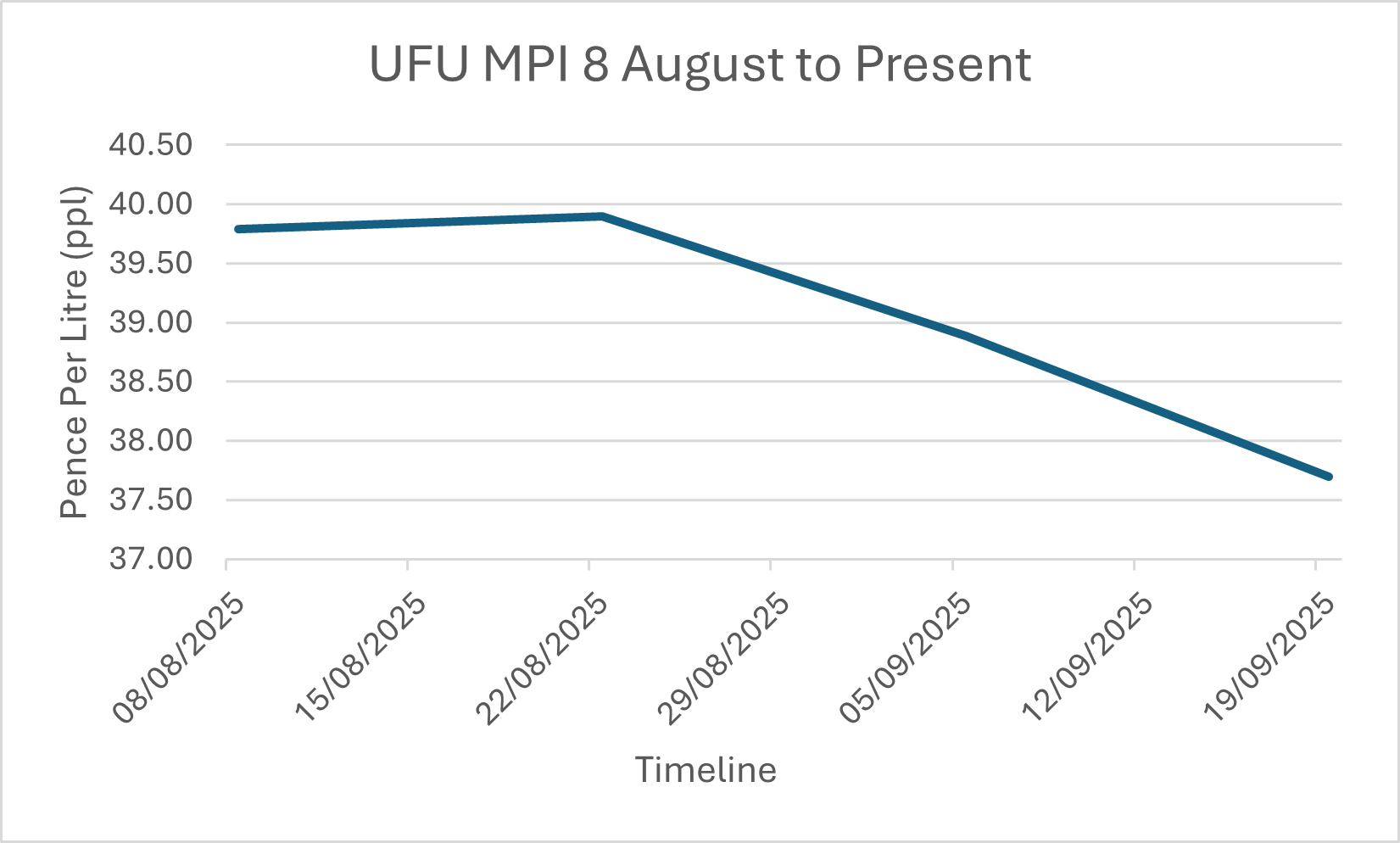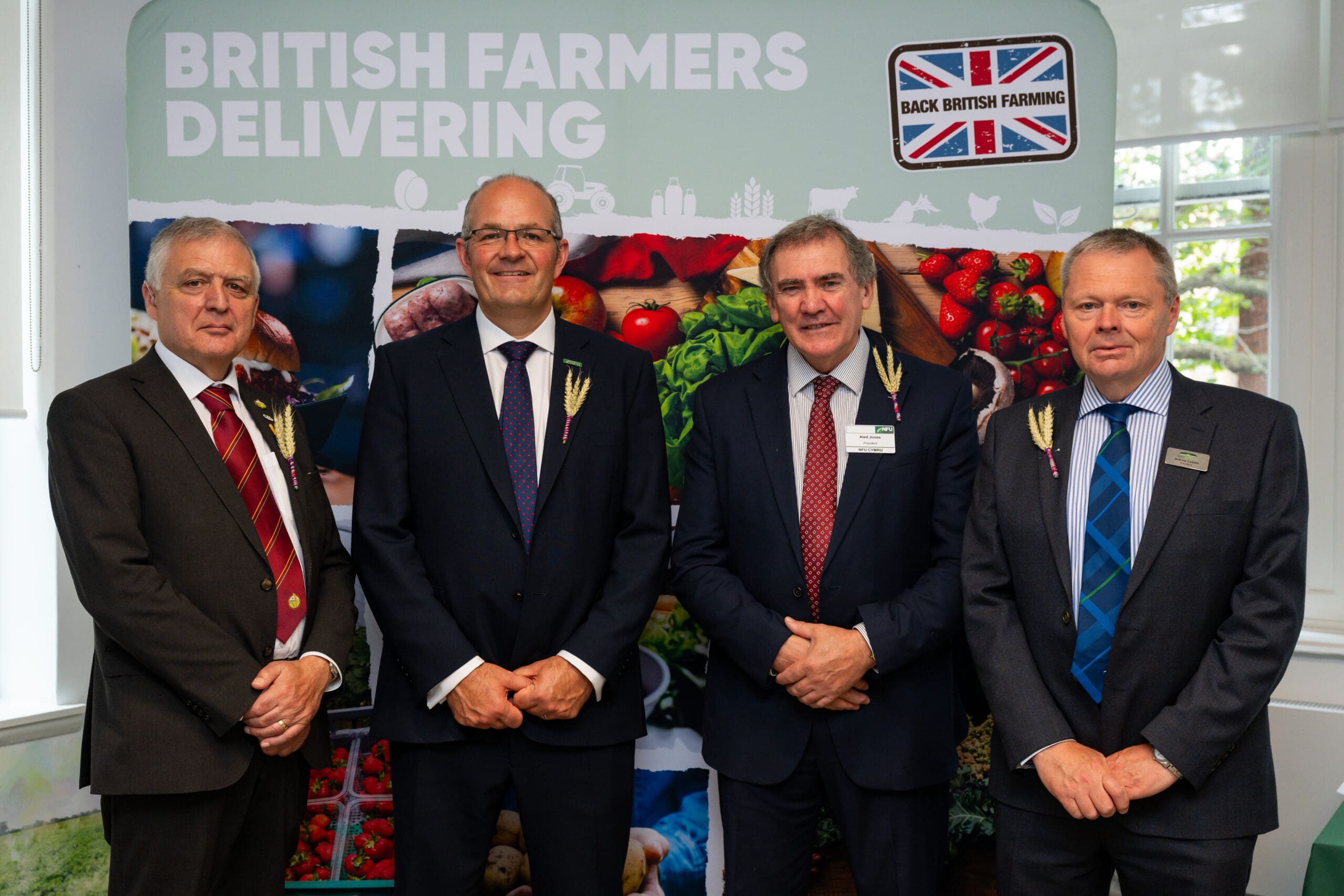
Commodity watch by senior policy officer, Chris Osborne
A pint of milk is the most common product in a shopping basket and until 2021, it cost shoppers 42p.
For those who buy milk regularly, they will know in the last twelve months it has jumped to 95p. The average person drinks three pints of a milk a week, so doing the math, it’s an increase that’s hard to miss. Especially when you’re the one paying the shopping bill.
Why has the price increased?
To produce milk, farmers need fertiliser to help the grass grow, electric to power the milking parlor, feed for the cattle during winter amongst other things. In 2022, the cost of these key inputs increased and because this happened, dairy farmers received more money for the milk they produced to cover the extra expense. Otherwise, they would be losing money and it wouldn’t make sense to keep producing milk. If they did, they would end up going out of business eventually.
It’s important to remember that farmers are also consumers like everyone else, and they too have to pay the extra price for milk in shops. This is why, their wages (which is the amount they receive for their milk) had to increase so they could continue to produce milk and run a dairy business while also providing for their family.
Cost of living today
Right now, prices in the UK are finally beginning to lower, but, and there’s a big but, food prices do not follow the same trend because consumers don’t have much option but to pay the high price. Experts cannot see the price of milk in shops getting any lower because the cost of other items does not affect how many people buy milk (also known as consumer demand).
Also, with the growing amount of people who purchase from coffee shops (with items containing milk) and with many working from home, more individuals are buying milk for home use for breakfast and lunch. Both of which is impacting the demand for milk.
Fact: Shoppers will notice the price of regularly bought items such as milk increase, but they will not notice (as quickly), when items bought less often rise in cost. For example, a cappuccino from a coffee shop.
So what does that mean for milk prices?
In the UK, the price of milk in the shop will stay as it is right now.
The problem for farmers is that on a world scale, the price for liquid milk (also known as commodity price) has been falling and eventually, the price farmers in the UK receive for their milk will drop too. This will create a supply chain issue for milk, because in order to keep up with the high demand for milk and produce enough for consumers, farmers need to get a fair price. Especially if the retail price stays the same.
If farmers don’t, shops and processors will get a larger cut from the maintained price of milk in shops, and farmers won’t get what they need to produce milk and live off what is left over. A consequence of which would be dairy farmers struggling to stay in business and not enough milk being produced locally to meet demand.




